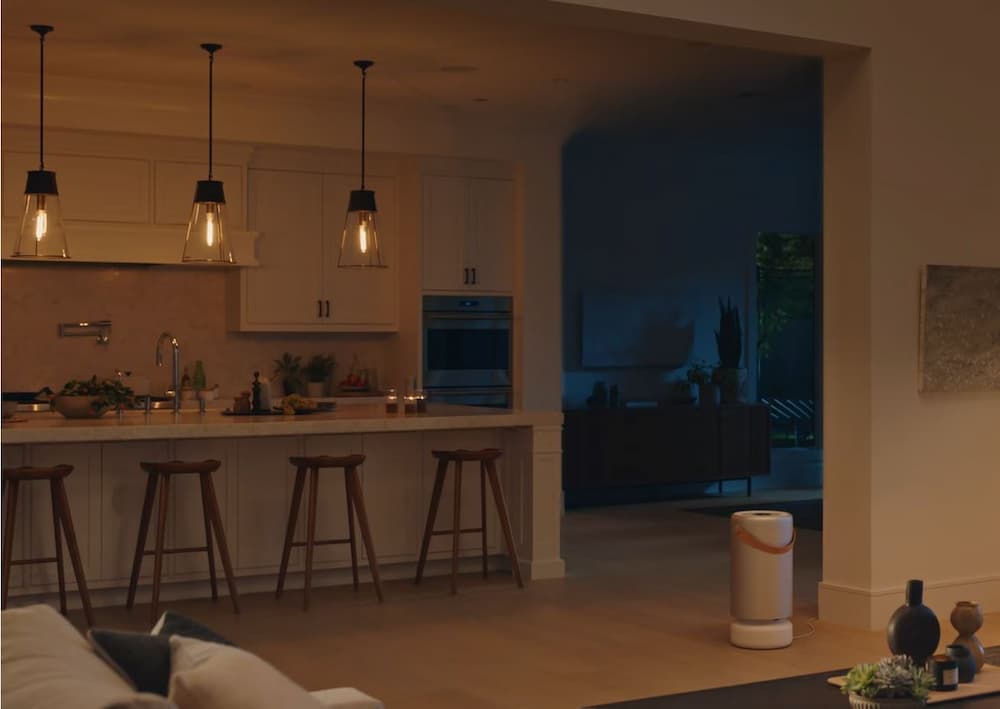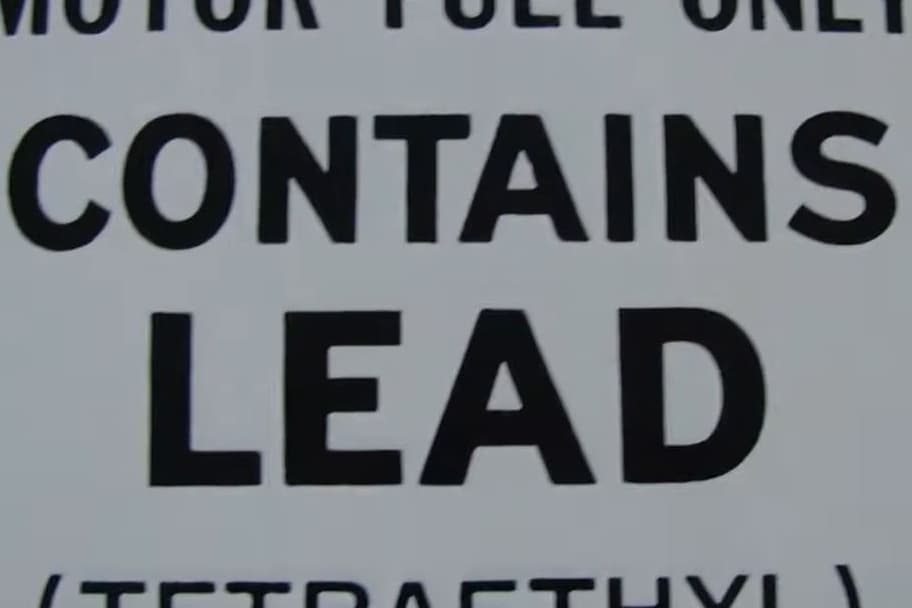Do Air Purifiers Remove Lead Dust?
Lead dust is a serious health hazard that can cause a range of health problems. These include developmental and cognitive delays in children, as well as damage to the nervous system and kidneys. While lead dust can be found in many sources, it’s particularly prevalent in older homes.
One way to protect yourself and your family from lead dust is by using an air purifier. But do air purifiers effectively remove lead dust?
In this article, we will explore the effectiveness of air purifiers in removing lead dust, as well as the different types of air purifiers available and the features you should look for when choosing one.
Contents
Lead dust and lead paint dust – is it the same thing?
The breakdown of any lead-based material releases particles of lead into the air. There are several sources from which lead dust can arise. One of them is lead paint which, as the name suggests, results in lead paint dust.
Such as when the paint is chipping away. Also, when sanding old paint for the application of new paint. Children’s toys pose a danger of this toxin because of its coating, which you have correctly guessed – paint.
To be safe, examine the paint first for any defects, like peeling, chalking, chipping, or cracking. Lead dust produced by damaged paint contaminates the air in your house. Lead paint dust produced by damaged paint contaminates the air in your home. Besides, lead dust is created by closing and opening lead-painted windows, doors, or even regular damage on railings and fences.
Construction sites are another source, and there is a possibility you’re bringing home-led particles to your homes. Many foods also pick lead dust from these construction sites injecting lead into the air.
Related reading: NuWave OxyPure Air Purifier Review
Do air purifiers remove lead dust?
Yes, air purifiers do remove lead dust. In fact, using an air purifier is one of the surest methods to remove lead dust from your surrounding air. Most air purifiers now have features like mechanical filtration that traps large particles and pollutants.
High-Efficiency Particulate Air, commonly known as HEPA, are well reputed for capturing 99.97% of lead dust particles. They effortlessly filter out any large particles in the room besides lead dust.
While many surface collections can be cleaned with the help of regular washing and cleaning, the air is a different matter. If the lead is vaporized into the air, or if the particles are light enough to float around, an air purifier will come in handy.
An air purifier is as convenient as any home appliance, and you can count it as an important one because lead isn’t the only toxin infiltrating the air right now.
Because of its finely interwoven fiber construction, a HEPA filter may capture lead particles as tiny as 0.3 microns. Thus, not a brand but a standard set by the US to ensure that air purifiers must be capable of trapping large molecules like lead.
Do air purifiers remove lead paint dust?
Before the 1970s, lead paint was used in most homes, and every new renovation included a new layer over the old. It usually wouldn’t have caused an issue unless the color started to peel off or chip away and released lead. The air is circulated with an air purifier and collects any lead chip released into the air.
These particles would have either formed dust on household surfaces or, when breathed in, would have triggered allergy or asthma problems. An air purifier can’t entirely remove particles, but consistent usage may significantly reduce the number of lead particles in the air.
Fortunately, many air purifiers can fit into small rooms, so you can make them your necessity instead of a luxury. They are becoming more innovative with every passing day so that lead paint dust will no longer cause any health effects, especially to children.

Which type of air purifier is best for lead dust removal?
Here are some of the most widely used air purifier types and whether they can remove lead dust.
HEPA Filters
Do HEPA filters remove lead dust? As mentioned earlier, HEPA-based air purifiers can effectively remove lead dust.
It inhibits secondary contamination and mold formation, enabling them to trap particles for extended periods without losing performance. The air in your home will be better and cleaner since there will be less dust floating about and less cleaning.
Activated Carbon Filters
There are also activated carbon filters. These help in trapping organic molecules present in the air. They play a crucial role in removing odor from the air but aren’t as good in removing lead dust.
Ultraviolet Germicidal Irradiation (UVGI)
UVGI is a disinfection process capable of destroying germs and bacteria. However, they aren’t capable of removing particles like lead dust.
Photocatalytic Oxidation (PCO)
PCO is a powerful air-purifying technology that can remove even the smallest particles. In fact, it’s even better than HEPA filters and can remove lead dust.
Ionizer Purifier
Yes, ionizer purifiers can remove particle dust. However, they aren’t as efficient as HEPA filters or PCO devices.
Related reading: Can Air Purifier Make You Sick?
Final Thoughts
In conclusion, air purifiers can be an effective tool in removing lead dust from the air in your home. HEPA filters, PCOs, and Ionizer Purifiers are all effective in capturing and removing lead dust particles.
However, it is important to note that not all air purifiers are created equal and it is essential to choose the right one to effectively remove lead dust. It is also important to note that relying solely on an air purifier is not a substitute for identifying and removing the source of lead dust in your home.
Test and remove lead paint or ensure that your drinking water is safe from lead contamination. It’s important to take a comprehensive approach to protect yourself and your family from lead dust, including using air purifiers along with other preventative measures.
